Sony X95L review: Mini LED masterpiece
Sony's top-of-the-range Mini LED set shows considerable control to deliver sublime pictures

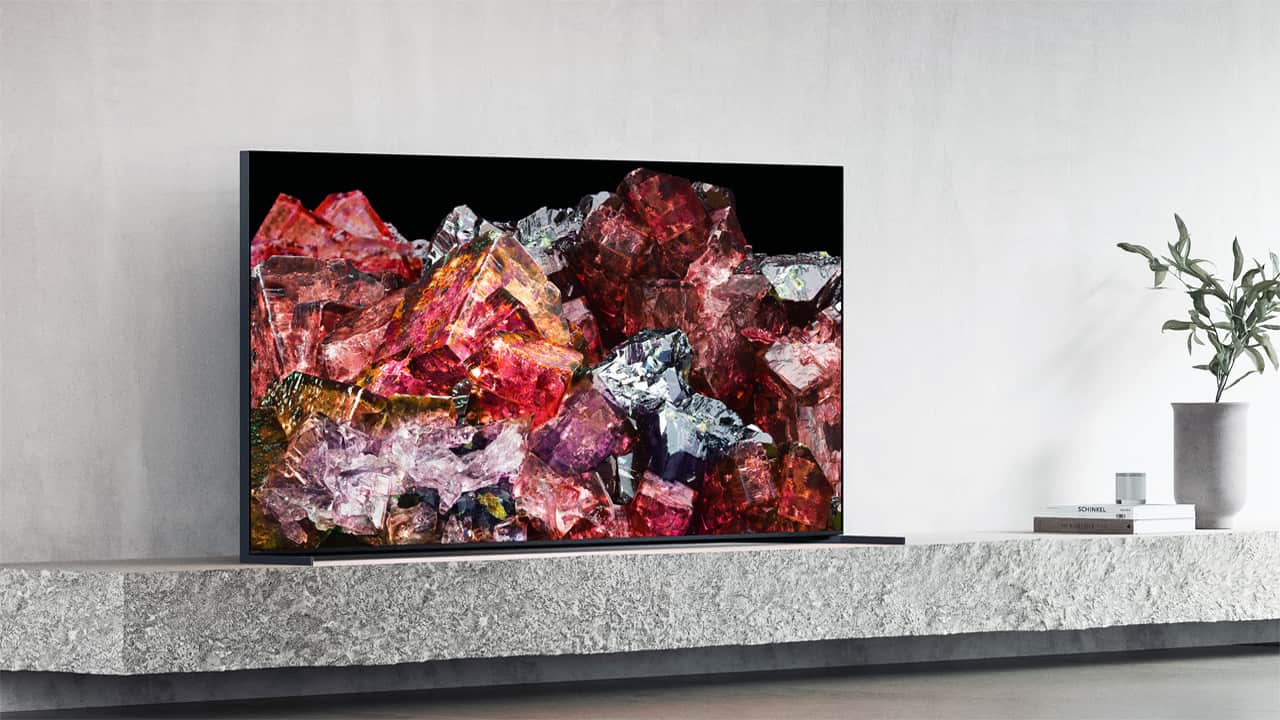
Sony’s first Mini LED TVs weren't all that bad - but this latest generation is a decisive step forwards. In all sorts of ways (and especially where contrasts are concerned), the X95L is an impressive television and really compelling for the money.
-
+
Composed, stable images
-
+
Potent contrasts and convincing colours
-
+
Predictably good standard of build and finish
-
-
Sound is on the thin side
-
-
Only two HDMI 2.1 inputs
-
-
No Dolby Vision gaming
Why you can trust T3

Yesterday’s ‘new and expensive’ best TV technologies become today’s ‘ordinary and affordable’ TV technologies pretty fast. Mini LED televisions - which use, as the name suggests, smaller and multiplicious volumes of LEDs for greater backlight accuracy and brightness potential - were pretty pricey when they first came to market a couple of years ago - but those days are gone.
Sony’s latest Mini LED range, the X95L, is a good example from its 2023-into-2024 range. It’s one of the company’s premium ranges, but it’s keenly priced - and it needs to be, because everyone else’s Mini LED alternatives are getting more and more affordable too.
The X95L is also packed with features, because - guess what? - every alternative model is too. So is there anything about the Sony X95L that makes it really stand out among the best TVs elsewhere on the market?
Sony X95L: Price & Availability
The Sony X95L is on sale now, here reviewed in its (smallest!) 65-inch size, and in the United Kingdom it’s yours for a maximum of £1699. In the United States it’s badged ‘XR-65X93L’ for some reason, and there it’ll set you back an even more enticing $1599. In Australia, meanwhile, Sony isn’t currently offering Mini LED TVs at all - it's the best OLED TVs or full-array LED options instead there. The X95L also comes in 75- and 85-inch options.
Sony is not the only company offering big, well-specified Mini LED 4K HDR televisions at enticing prices, of course. I recently tested (and thoroughly enjoyed) the Panasonic TX-65MX950, which is specified very, very similarly to this Sony. No television exists in isolation, in other words.
Sony X95L review: Features & What's New?
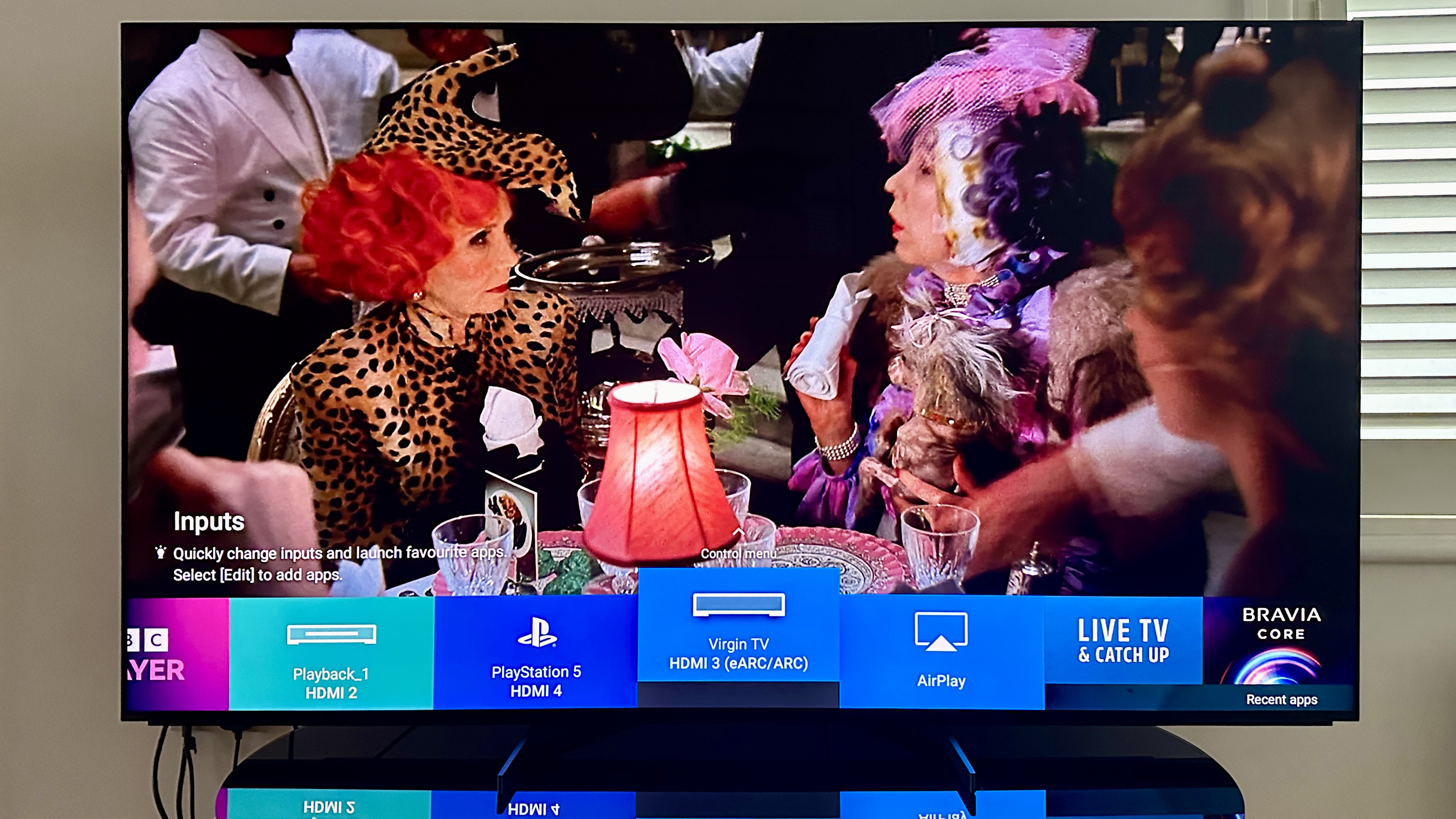
This is, of course, a 4K LCD panel that’s backlit using Mini LED. Thanks to their tininess, there are many more individual LEDs that form the backlighting of the LCD panel than in a regular LED/LCD television, and consequently many more individually controlled dimming zones - roughly 480 in this instance, which is many more than the Panasonic MX950 mentioned above.
But as everyone knows, it’s not how many zones you’ve got but what you do with them… although the Sony would seem, on paper at least, to have finer and better-targeted backlight control than a TV with fewer zones.
Get all the latest news, reviews, deals and buying guides on gorgeous tech, home and active products from the T3 experts
Unlike that Panasonic, though, the X95L isn’t compatible with all the major HDR standards. Where dynamic metadata is concerned, it’s got Dolby Vision functionality, but not HDR10+ - so not every movie on your favourite streaming service or in your UHD Blu-ray collection can be exploited to its fullest. Which is a pity.
The X95L uses the most recent version of Sony’s Cognitive Processor XR engine to take care of backlighting, picture quality and every other aspect of on-screen performance - and it’s got quite a few more responsibilities where gaming is concerned, unlike its predecessors.
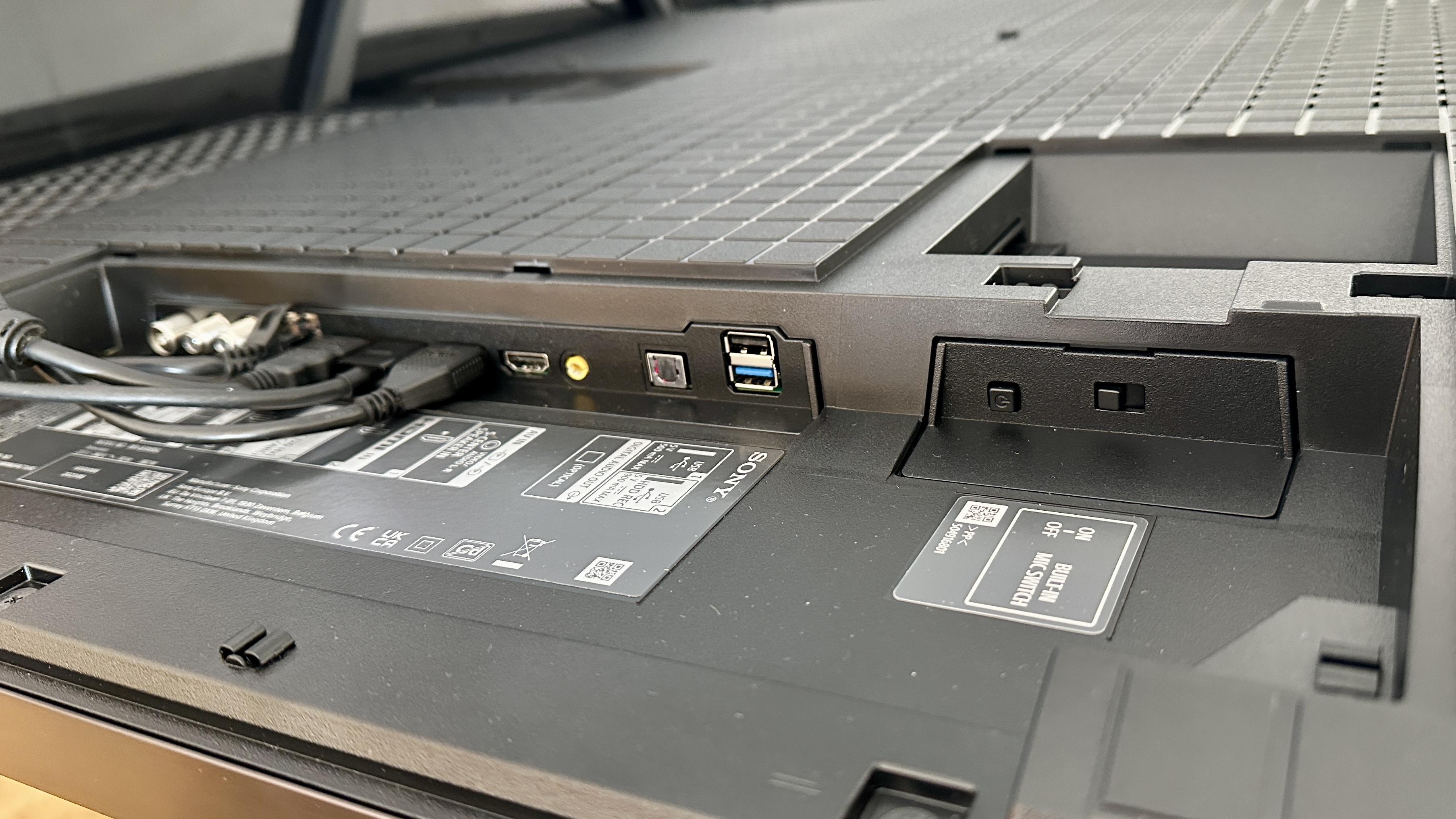
Only two of the four HDMI inputs are full-on HDMI 2.1 standard here, one of which is also responsible for eARC. They both support 4K at 120HZ, VRR and all the rest of it, and if you’re a PlayStation 5 user there’s also ‘Auto HDR Tone Mapping’ to deliver optimised high dynamic range performance - but nevertheless, some users are going to find this too restrictive.
Response times are decent at a little under 20m/s (although that’s not a number that’s going to worry the best-for-gaming TVs), and the need to choose between Dolby Vision or VRR is a bit of an oddity too. When it detects a games console, though, the X95L offers a pop-up menu with specific game-related information and options - which is handy.
As far as sound is concerned, the X95L uses an arrangement Sony calls ‘Acoustic Multi-Audio+’. Two tweeters, a couple of midrange drivers and a pair of low-frequency drivers receive 10 watts of power each, and are carefully positioned around the screen’s frame in an effort to create a larger and more accurate soundstage than would otherwise be the case.
Sony X95L review: Performance
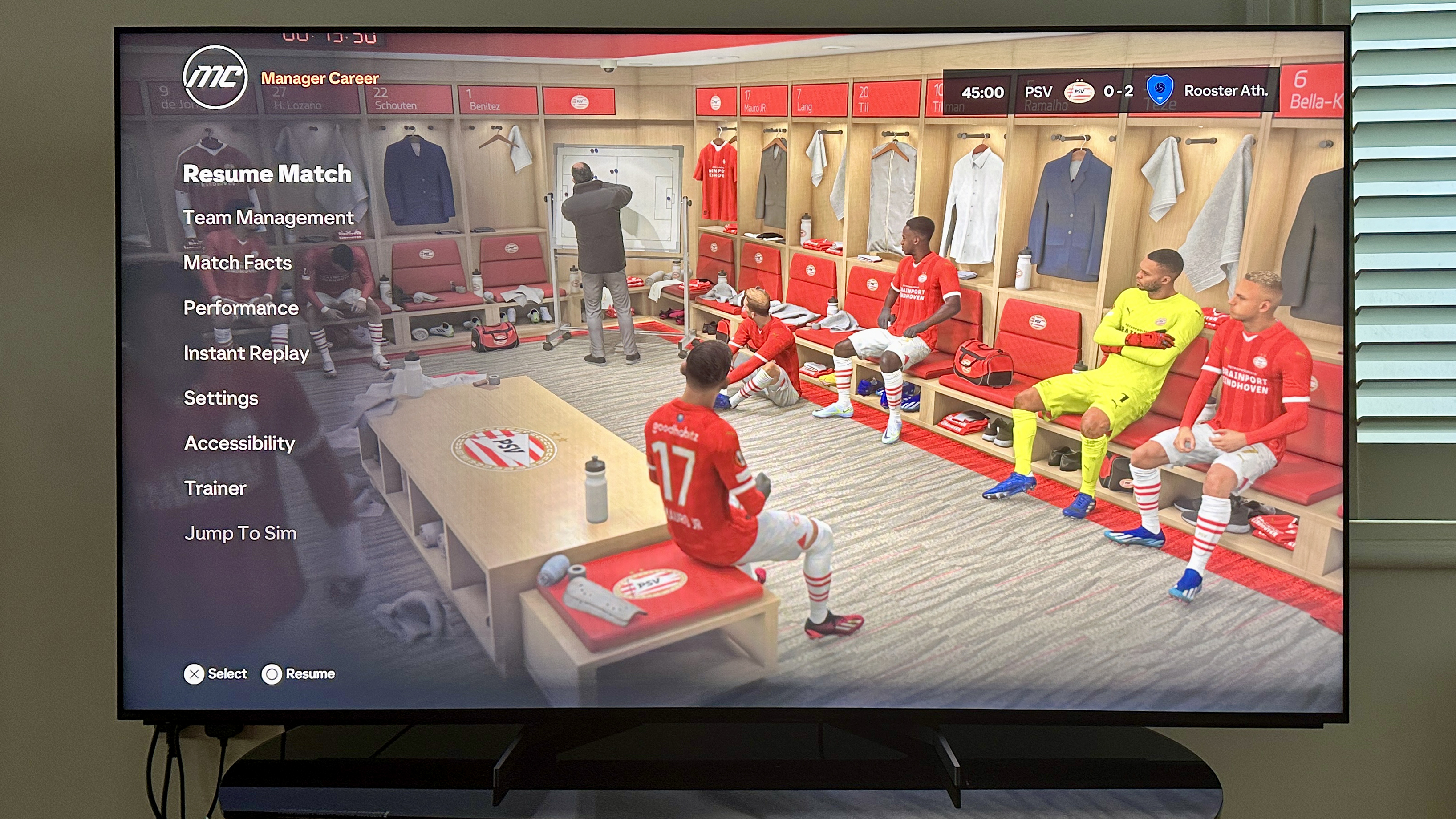
The whole point of Mini LED technology is to generate wide contrasts and properly controlled backlighting - so it’s just as well the X95L manages to do so in fine style. Even when it’s given The Trickiest Test of the Lot (scrolling white text on a black background), it keeps its backlighting focused and controlled - blooming or haloing is at an absolute minimum, and as a consequence contrasts are impressive. It doesn’t do any harm in this regard that the Sony is capable of significant peak brightness even as it keeps black tones deep and convincing.
There’s nothing blunt about these contrasts, either. Detail levels in both black and white tones are nice and high, and there’s good insight on offer even when black and white are sharing equal billing. In fact, detail levels are high across the board - the Sony is able to generate a very wide and properly varied colour palette, and can find the nuance in them no matter the tone or texture it’s describing. It’s particularly adept with skin-tones of all types, which are absolutely loaded with information both broad and fine.
HDR-assisted content looks vibrant but never overblown, and the X95L manages to combine smooth edge-definition, considerable depth of field and grippily convincing motion-control without any visible signs of effort or stress. Even a difficult ask like televised sport, with its areas of uniform colour and unpredictable, multi-directional on-screen movement, doesn’t cause any alarms. The Sony is composed and watchable in every circumstance.
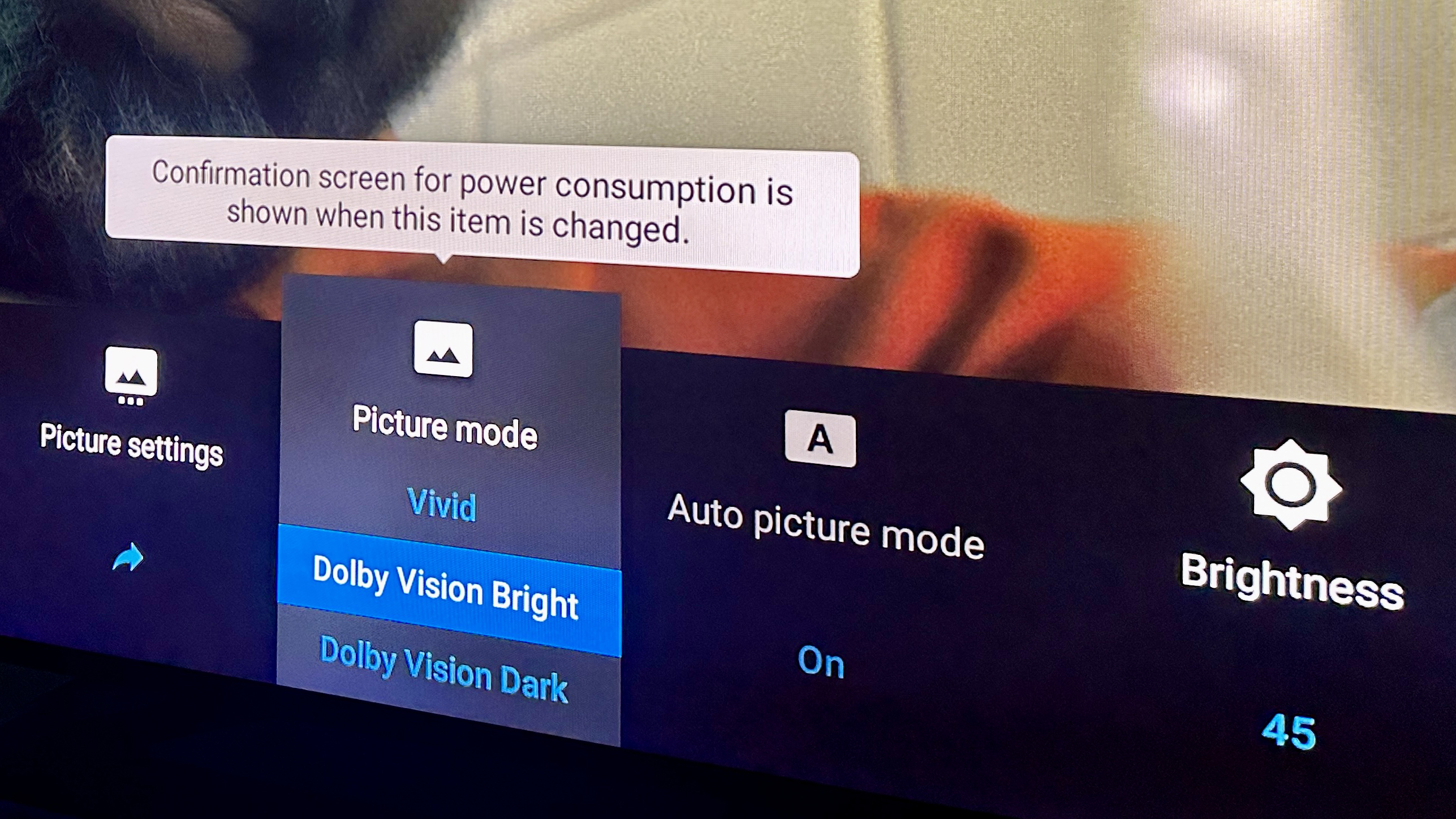
And while there are obviously limits, in most cases the X95L is an accomplished upscaler of less information-rich stuff, too. Full HD off-air broadcasts or Blu-ray discs barely suffer at all - perhaps the finest details go astray, and there’s a degree more uniformity about black tones than with native 4K content, but the Sony is confident and watchable nevertheless. You really have to step down to some poverty-spec 480p if you want to outwit the X95L - then it’s powerless to prevent images getting soft and jagged, and motion smearing its way across the screen.
By prevailing standards, the X95L doesn’t sound too bad at all. Of course, it’s no match for one of the best soundbars - but take it on its own terms and it’s a reasonably composed and informative performer. The soundstage it creates is, sure enough, a match for the size of the screen (65-inch in this instance, can't comment on the even larger ones), and there’s quite a lot of detail revealed - this is especially apparent when music in a soundtrack kicks in. Midrange resolution and projection is good, which means dialogue is always distinct and generally projects well. And if the Sony isn’t really able to summon much by way of low-frequency presence, well - it’s hardly alone in that.
Sony X95L review: Design & Usability
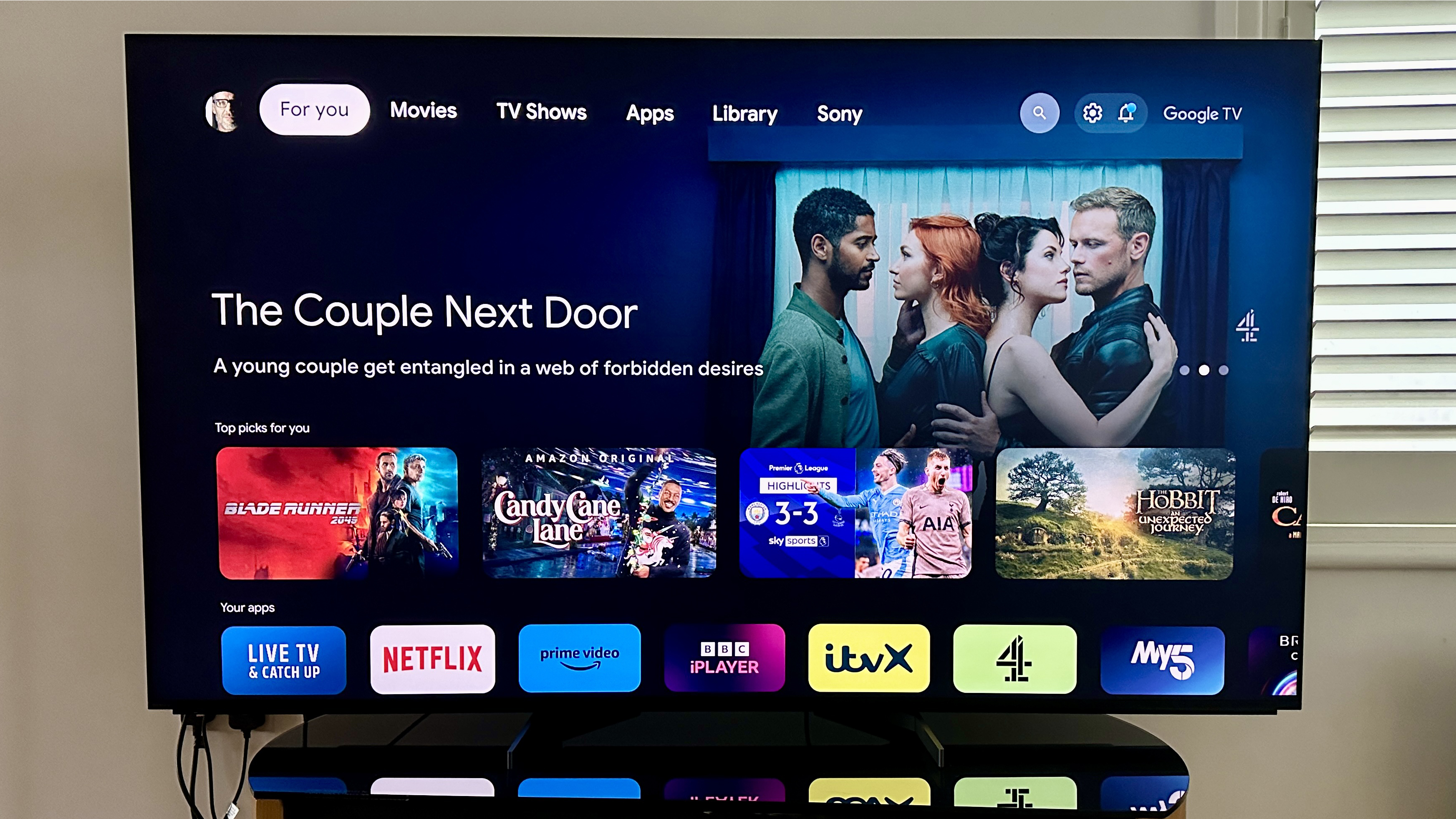
Sony is nothing if not a sensible company, and so it has done the sensible thing with the X95L and left well enough alone. At 62mm deep it’s not the slimmest option, and at 32kg is probably not ideal for hanging on a partition wall - but when viewed from the dead-ahead it’s an elegant and understated looker. The bezels are very brief indeed, and both the metal and plastic used in its construction look and feel reasonably premium.
The screen is supplied with a couple of fairly proasic ‘boomerang’ feet, but thoughtfully Sony has enabled them to be deployed in a number of different ways. They can sit out towards the edge of the screen (in the 65-inch model at a distance of 144cm apart) or much closer to its centre (50cm apart), to give a little flexibility where the width of the surface it stands on is concerned. And in the wider position, they can be orientated to either keep the screen nice and low to the surface, or to raise it up in order to make space for a soundbar. Plenty of rival manufacturers could learn a lesson here.
Aside from the four HDMI sockets, getting information into or out of the Sony can be done a number of different ways. There are aerial binding posts for the twin integrated tuners, an Ethernet socket, two USB slots, a 3.5mm composite video input that can also function as an input if you want to use the TV as the centre channel in a surround-sound set-up, and a digital optical output. Wireless stuff is handled by Bluetooth 4.2 and dual-band Wi-Fi, and the X95L is compatible with Apple AirPlay and HomeKit, as well as Google Chromecast.
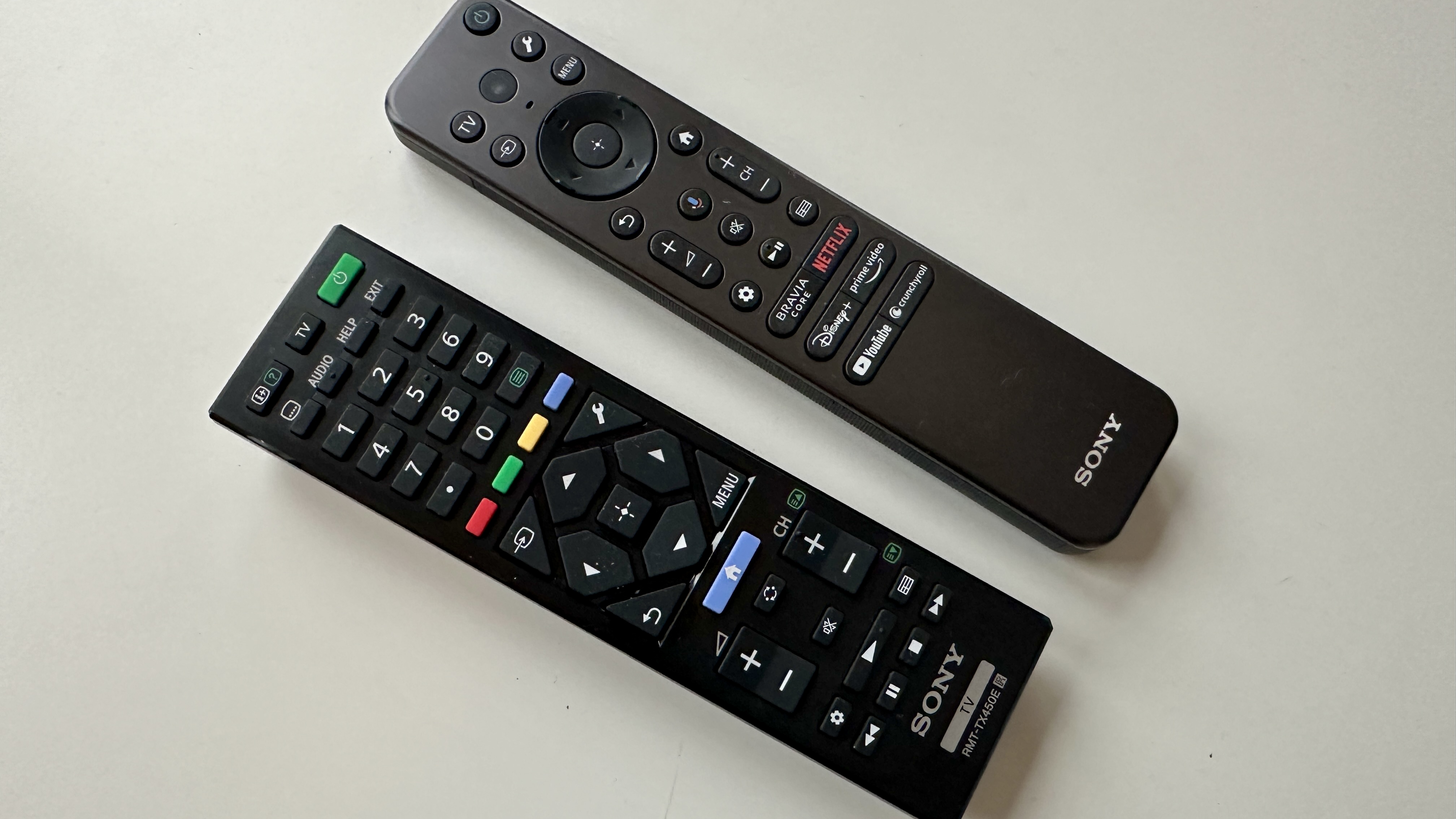
As is lately fashionable, the X95L is supplied with a couple of remote control handsets. One is small, feels quite cheap and has too many buttons, while the other is small, feels quite nice and covers just the major functions. No matter which you prefer, it puts you in charge of some on-screen set-up menus that strike a nice balance between ‘friendly’ and ‘in-depth’.
The nicer of the remote controls also has a ‘mic’ button. The Sony is compatible with Google Assistant voice-control, which is due in part to its using Google TV as its smart TV interface. Google TV is just as bolshy here as it is in every other implementation, but on the plus side it is stacked with content. And unlike Philips, Sony has managed to circumvent Google TV’s antipathy to the UK’s catch-up TV services by incorporating YouView - so BBC iPlayer, ITVX and all the rest are available.
There’s also Bravia Core, Sony’s bespoke service that streams at an extremely high 80Mbps and supports IMAX Enhanced on some of its titles - just as well, then, that the X95L features ‘IMAX Enhanced’ among its picture presets. Buying an X95L gets you access to 10 ‘premium’ movies and two years of unlimited streaming of the less ‘premium’ content from Bravia Core.
Sony X95L review: Verdict

The Sony X95L is one of the deeper, heavier TVs available right now - as in physically, and not in a good way for wall-mount wannabes - but this Mini LED Sony panel is nevertheless a very credible telly indeed.
It gets the most important factors right: that its picture-quality experience is impressive across the board, thanks to a well-controller Mini LED panel. It even sounds perfectly fine out of the box if you don't want an extra soundbar.
And while Sony’s first Mini LED TVs weren't all that bad, this latest generation is a decisive step forwards. The positives are many, the compromises few - and so the X95L clearly demands your consideration and is really compelling for the money.
Also consider
The Panasonic MX950 is the Sony X95L's main competitor - and in some ways it gives the Sony more than a run for its money. Certainly its ability with every HDR standard is enticing, and its smart TV interface isn’t so in-yer-face either. It’s not quite as adept where backlight control is concerned, mind you.
Simon Lucas is a freelance technology journalist and consultant, with particular emphasis on the audio/video aspects of home entertainment. Before embracing the carefree life of the freelancer, he was editor of What Hi-Fi? magazine and website – since then, he's written for titles such as Wired, Metro, the Guardian and Stuff, among many others. Should he find himself with a spare moment, Simon likes nothing more than publishing and then quickly deleting tweets about the state of the nation (in general), the state of Aston Villa (in particular) and the state of his partner's cat.
